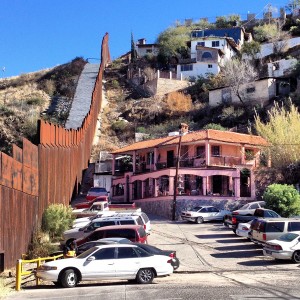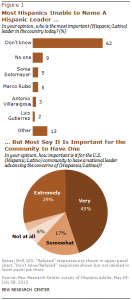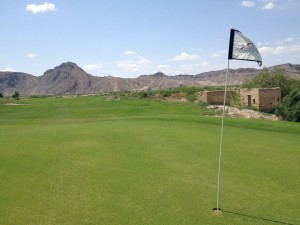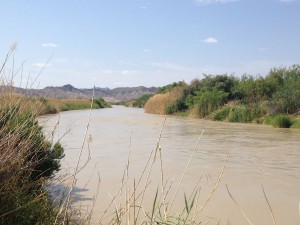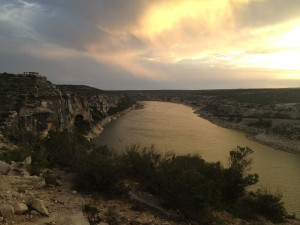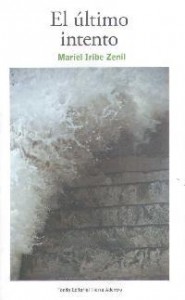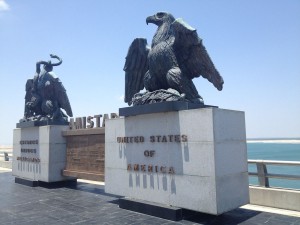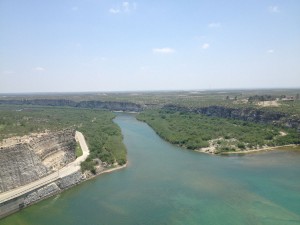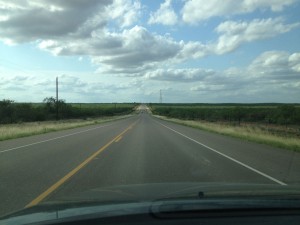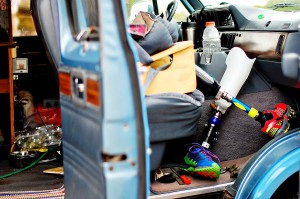New economic opportunities on the U.S.-Mexico border amid the Drug War
|
Violence in Mexico has reached unprecedented levels, particularly since 2006 when former Mexican President Felipe Calderón declared a “war on drugs” and incorporated the military into the fight against transnational organized crime. Much of the violence, concentrated in the country’s northernmost border with the United States, has been accompanied by the widespread use of visceral, terror-inducing methods such as decapitation, dismemberment, mass kidnappings, public executions, car bombs, grenade attacks, and blockades. To date, Mexico’s drug war has “officially” claimed more than 70,000 lives, with an additional 27,000 disappearances linked to organized crime. In reality, the numbers are likely much higher, with some estimates placing the death toll at more than 100,000. At the same time, thousands of citizens have become internal refugees, displaced within Mexico or forced to move abroad.
